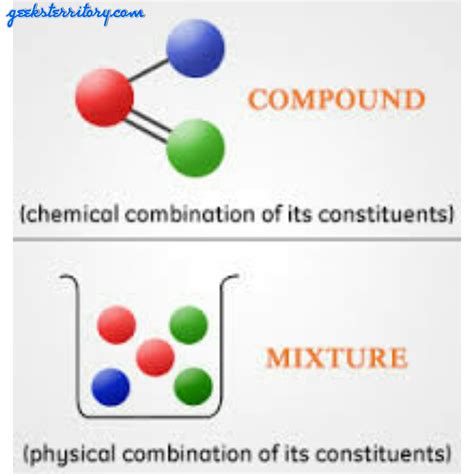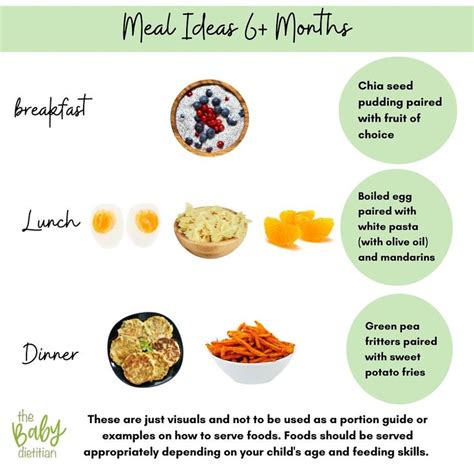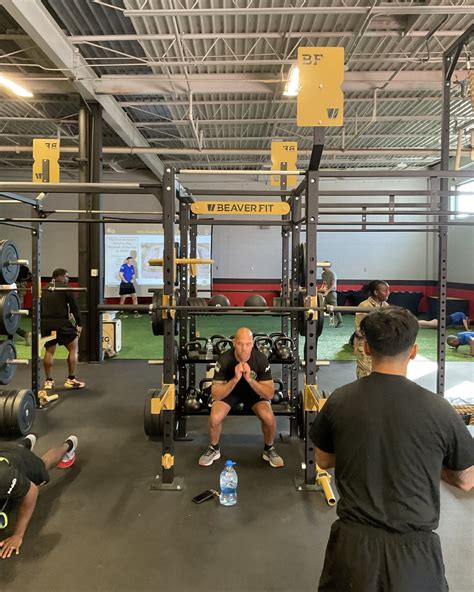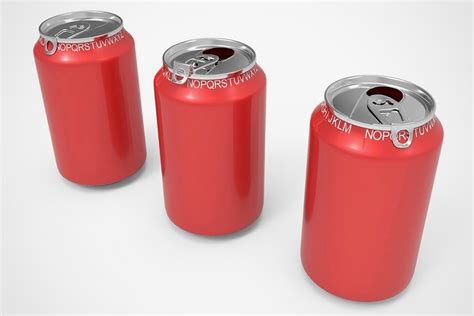How can men optimize strength gains for peak performance & accelerated recovery?

Unlocking Peak Strength: A Holistic Approach for Men
For men aiming to build formidable strength, enhance athletic performance, and bounce back faster from intense workouts, a strategic, multi-faceted approach is non-negotiable. It’s not just about lifting heavy; it’s about integrating smart training methodologies, precision nutrition, and dedicated recovery protocols. This guide outlines the key pillars to help you optimize your strength gains and achieve your physical potential.

Smart Training: Beyond Just Lifting Heavy
Effective strength training for men centers on foundational principles that stimulate muscle growth and nervous system adaptation.
1. Progressive Overload
- The Foundation: To get stronger, you must consistently challenge your muscles more than they’re accustomed to. This can be achieved by increasing weight, reps, sets, reducing rest times, or improving form over time.
- Track Your Progress: Keep a detailed log of your workouts to ensure you are continually striving for improvement.
2. Prioritize Compound Movements
- Efficiency & Effectiveness: Exercises like squats, deadlifts, bench presses, overhead presses, and rows engage multiple muscle groups simultaneously, leading to greater strength gains and hormonal response.
- Form First: Master the technique of these core lifts before increasing the load to prevent injury and maximize muscle activation.
3. Periodization and Deloads
- Strategic Cycles: Vary your training intensity and volume over time (periodization) to avoid plateaus and overtraining. This might involve cycles of higher intensity/lower volume followed by lower intensity/higher volume.
- Scheduled Breaks: Incorporate deload weeks every 4-8 weeks, where you significantly reduce volume or intensity, allowing your body to recover fully and prepare for the next training block.

Precision Nutrition: Fueling Growth and Recovery
What you eat is just as crucial as how you train. Nutrition provides the building blocks for muscle repair and energy for performance.
1. Ample Protein Intake
- Muscle Synthesis: Aim for 1.6-2.2 grams of protein per kilogram of body weight daily. Distribute your protein intake throughout the day, including pre- and post-workout.
- Sources: Lean meats, poultry, fish, eggs, dairy, legumes, and protein supplements.
2. Carbohydrates for Energy
- Performance Fuel: Carbohydrates are your primary energy source for high-intensity training. Tailor your intake to your activity level, focusing on complex carbs like whole grains, fruits, and vegetables.
- Glycogen Replenishment: Post-workout carbs are vital for replenishing muscle glycogen stores, accelerating recovery.
3. Healthy Fats
- Hormone Production: Healthy fats are essential for hormone production (including testosterone), nutrient absorption, and overall health.
- Sources: Avocados, nuts, seeds, olive oil, and fatty fish.
4. Hydration
- Crucial for Performance: Dehydration can significantly impair strength, endurance, and cognitive function. Drink plenty of water throughout the day, especially around your workouts.

Accelerated Recovery: The Unsung Hero of Strength
Muscle growth and strength gains happen outside the gym. Optimizing recovery is paramount for consistent progress.
1. Prioritize Sleep
- Deep Repair: Aim for 7-9 hours of quality sleep per night. During deep sleep, growth hormone is released, and muscle repair processes are at their peak.
- Sleep Hygiene: Establish a consistent sleep schedule, create a dark and cool sleep environment, and avoid screens before bed.
2. Active Recovery & Mobility
- Blood Flow: Light activities like walking, cycling, or swimming can increase blood flow to muscles, helping flush out metabolic waste and reduce soreness.
- Flexibility & Mobility: Incorporate stretching, foam rolling, and mobility work to improve range of motion, prevent injuries, and enhance recovery.
3. Stress Management
- Cortisol Control: Chronic stress elevates cortisol, a hormone that can hinder muscle growth and recovery.
- Techniques: Practice mindfulness, meditation, deep breathing, or engage in hobbies to manage stress effectively.

Mindset and Consistency: The Long Game
Achieving peak strength and accelerated recovery is a journey, not a destination. Your mental approach and adherence to the plan are critical.
1. Set Realistic Goals
- Incremental Progress: Break down large goals into smaller, achievable milestones to maintain motivation and track progress effectively.
2. Listen to Your Body
- Adaptation is Key: Pay attention to signs of overtraining, fatigue, or pain. Don’t be afraid to adjust your training or take extra rest days when needed.
3. Consistency is Paramount
- Daily Habits: The most sophisticated program yields no results without consistent effort. Adhere to your training, nutrition, and recovery protocols day in and day out.

Conclusion
Optimizing strength gains for men involves a synergistic blend of intelligent training, precise nutrition, and diligent recovery. By consistently applying progressive overload, focusing on compound movements, fueling your body with quality nutrients, prioritizing sleep, and actively managing recovery, you’ll not only unlock peak performance but also cultivate a robust, resilient physique capable of accelerated adaptation and continuous improvement. Embrace this holistic strategy, and watch your strength and overall fitness soar.







